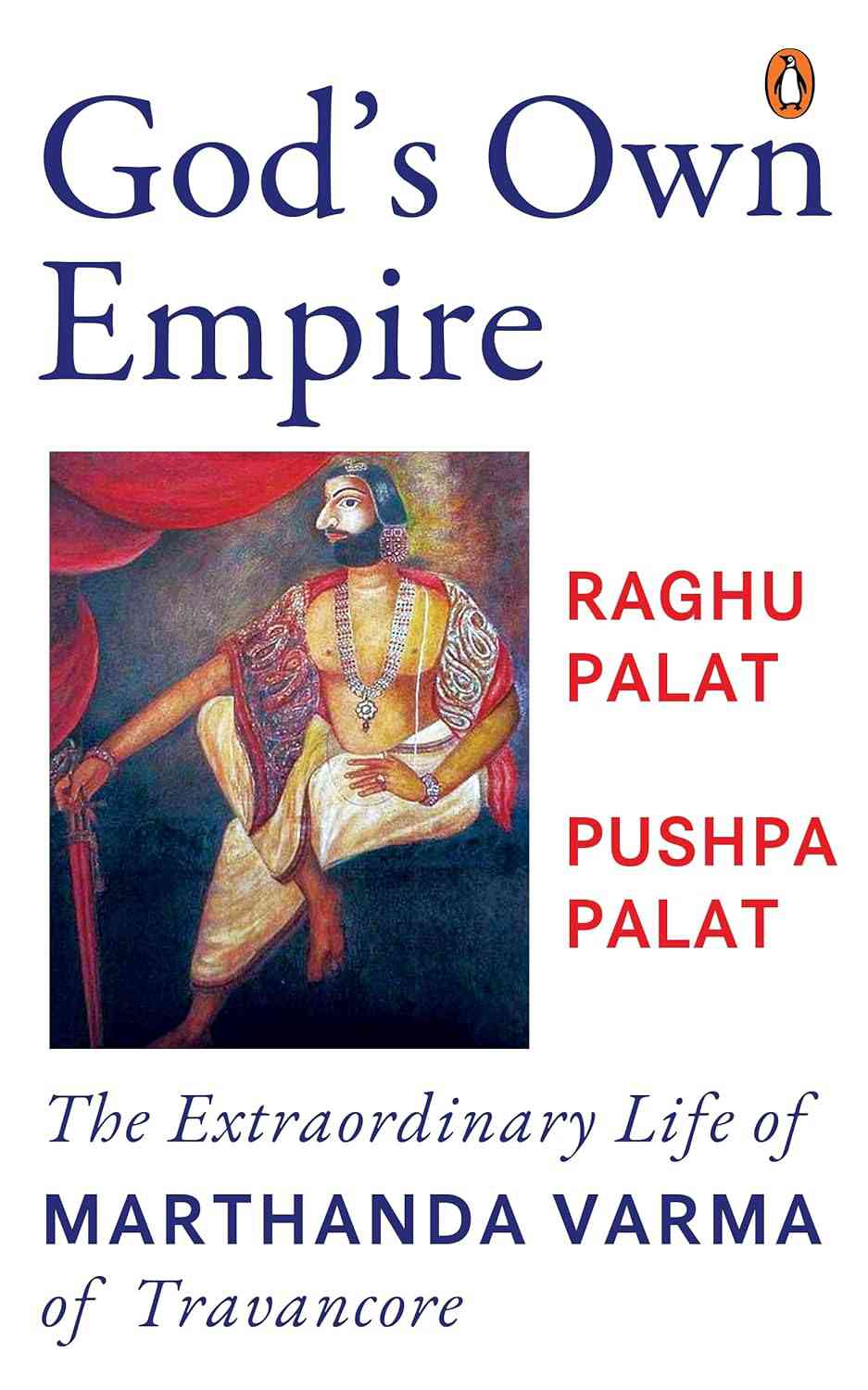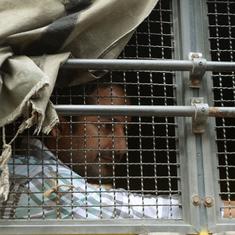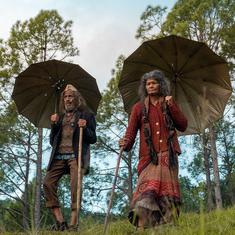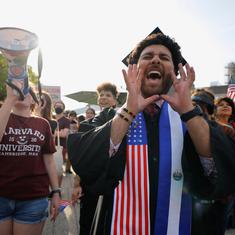Anizham Thirunal Marthanda Varma ascended the throne in 1729. He had been preparing for this position of eminence from his childhood and was ready to take up the responsibilities and authority wielded by the crown. Even as a young boy, he had been instructed in both warfare and statecraft. By the age of fourteen, in his effort to protect the crown and discover the people’s sentiments, he had toured the kingdom and was compelled to use his combat and diplomacy skills to survive. Pursued relentlessly by his enemies he had gained invaluable experience in armed conflict and endured severe hardships. He had, from his childhood, been single-minded in his goal to restore the power and prestige of the throne. His predecessor, Rama Varma, recognising Marthanda’s indomitable will to restore the crown’s authority, had, in many instances, asked Marthanda to represent him in negotiations and in forging alliances.
Schooled in adversity and tempered by deceit, he had emerged as a formidable warrior. With the physical attributes befitting a warrior prince – towering stature, a robust frame and long, powerful arms – he embodied strength and appeared to be a man of action. He had the added advantage of being supple, swift-footed, a gymnast and a master in the use of the sword, lance and dagger. A precise marksman, he was equal, if not superior, to any man in single combat. Added to all these skills was his ability to command a whole army in battle. He was also fearless and resolute – the embodiment of a leader destined to reclaim the rightful authority of the sovereign.
Due to a succession of weak rulers, at the time of Marthanda’s accession, royal power had eroded into insignificance. The Ettuveetil Pillamar, madempimars and Nair chieftains wielded the sceptre of authority.
They authorised all state matters and collectively decided the fate of the kingdom. Although among the Nair chieftains themselves, internal skirmishes and territorial disputes continued, a paradoxical unity prevailed among them – a shared commitment to render the raja impotent, leaving the throne devoid of its once-mighty authority. Upon ascending the throne, Marthanda Varma embarked on the realisation of his longstanding vision – creating an administration of strength and efficacy. Meticulously curating his team, he exhibited a discerning eye for character, handpicking individuals who were not only deserving but also unwaveringly loyal to his cause. From the ranks of the late raja’s confidants, he chose capable and trustworthy servants who had proven their commitment. Furthermore, Marthanda Varma extended his selection to include proficient individuals from the populace, from among those he had encountered during his extensive travels throughout the kingdom.
Arumugham Pillai, who had served as the interim dalawa (prime minister) during the raja’s journey to Trichinopoly in 1726, was officially appointed to the position. Cumaraswamy Pillai assumed the role of commander-in-chief, while Thanu Pillai, the dalawa’s brother, was appointed assistant to Cumaraswamy Pillai.
Ramayyan, a Brahmin who had served Marthanda dedicatedly for a while, was elevated to the esteemed position of palace rayaom – a role akin to undersecretary of state. This appointment stood as a testament to Marthanda’s innate ability to discern and evaluate the worth of those in his service. Ramayyan was born in Yervadi Village in Tinnevelly. When he was just six, his father moved to Aruvikkara, a tiny hamlet about 35 miles from Trivandrum.
Tragically, by the age of 20, he lost both his parents. Left to shoulder the financial responsibilities of bringing up his three brothers and one sister, he became a wanderer in search of employment opportunities. Ramayyan would frequently travel to Trivandrum looking for work. Ramayyan’s quest for livelihood mirrored the legendary Dick Whittington’s journey to London, both being fuelled by aspirations of making their fortune in the big city. It was in Trivandrum that Ramayyan, faced with familial duties, tirelessly sought employment. His fortune finally took a turn when he secured a position as a servant under a wealthy Brahmin residing in Vanchiyur. Gainfully employed and assured of a steady income, Ramayyan decided to stay on in Trivandrum. Marthanda was an affable people’s person and prior to ascending the throne he would often visit his friends and share meals with them at their homes. One memorable evening, Marthanda was invited to dine at the residence of Ramayyan’s employer. Ramayyan was assigned to wait on Marthanda. The lamp lighting the room was slowly dimming. The Brahmin instructed Ramayyan to trim the wick. When Ramayyan went to trim the wick, he discovered that the wick trimmer was missing. As it was considered a sin to trim the wick with one’s fingers, Ramayyan resourcefully pulled off a gold ring from his finger and used it to trim the wick. After doing so, he meticulously washed the ring and put it back on his finger. Ramayyan’s action did not escape Marthanda’s observant eyes. He was impressed with Ramayyan’s ingenuity and his observance of custom. This encounter marked the humble commencement of Ramayyan’s journey alongside Marthanda, which ultimately culminated in him being elevated to the highest position in the kingdom – the prime minister. Immediately after the dinner, Marthanda made enquiries about Ramayyan and offered him employment as his cook.3 Marthanda’s incredible understanding and evaluation of people is apparent in that Ramayyan’s devotion for the raja never wavered even once throughout his life. He stood by Marthanda through all his difficulties. He was unrelenting, unsparing and even unscrupulous as far as Marthanda’s enemies were concerned. This was a man Marthanda trusted, relied on and kept constantly by his side.
Marthanda had always maintained that the raja needed a strong and loyal armed force to keep the rebels and renegades in check. The army that Marthanda Varma inherited from his predecessor was brought from Trichinopoly. However, these soldiers, being part of the Nayaka of Madurai’s army, maintained allegiance to the Nayaka. Their service was contingent upon Travancore paying an annual tribute of Rs 3000. Unfortunately, the payment for the contingent fell in arrears, leading to a confrontation. When the soldiers demanded their overdue pay, Marthanda referred them to his dalawa, Arumugam Pillai. Pillai delayed paying their dues, prompting the troops to take the drastic action of seizing Pillai and holding him captive in Thrikanamkudy (a village 56 km from Trivandrum).
Compounding the predicament, the troops refused to acknowledge Raja Marthanda’s authority. Instead, they established themselves as his de facto overlords, believing that their presence was imperative for Marthanda to retain the throne. Under these critical circumstances, Marthanda had no alternative but to borrow money from the merchants of Kottar (a market town near Nagercoil) and pay for most of their pressing demands.
However, despite receiving their dues, the troops continued to detain the dalawa.
Recognising the unreliability of foreign troops for his protection, Marthanda took proactive measures by instructing the commander-in-chief, Cumaraswamy Pillai, and his assistant, Thanu Pillai, to assemble a mercenary army of Maravers (a tribe from Tamil Nadu). As these men were employed directly by the raja, their loyalty lay solely with their employer. In addition to this formidable force, Marthanda bolstered his defences by acquiring several hundred horses. To fortify the vulnerable points between Kadakaray and Mantharamputhur Aramboly (villages near Cape Comorin), extending to Cape Comorin, Marthanda ordered the construction of mud walls with strategically positioned gates for passage. These gates were securely guarded by companies of Maravers, alongside Marthanda’s own Nair troopers. Through strategic deployment and fortification, Marthanda effectively secured Travancore from the looming threat of foreign invaders.

Excerpted with permission from God’s Own Empire: The Extraordinary Life of Marthanda Varma of Travancore, Raghu Palat and Pushpa Palat, Penguin Books.










